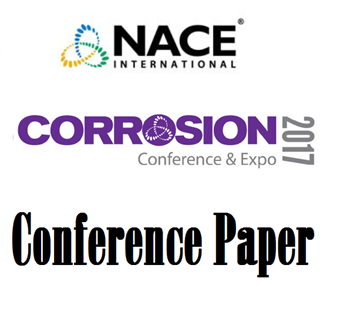Search
11379 Inhibition of Steel Corrosion Under Aqueous Supercritical CO2 Conditions
Also Purchased
11378 Water Effect on Steel Under Supercritical CO2 Condition
Product Number:
51300-11378-SG
ISBN:
11378 2011 CP
Publication Date:
2011
$20.00
Corrosion Inhibition of Pipeline Steels Under Supercritical CO2 Environment
Product Number:
51317--9153-SG
ISBN:
9153 2017 CP
Publication Date:
2017
$20.00
11377 Effect of Water Content on the Corrosion Behavior of Carbon Steel in Supercritical CO2 Phase
Product Number:
51300-11377-SG
ISBN:
11377 2011 CP
Publication Date:
2011
$20.00




